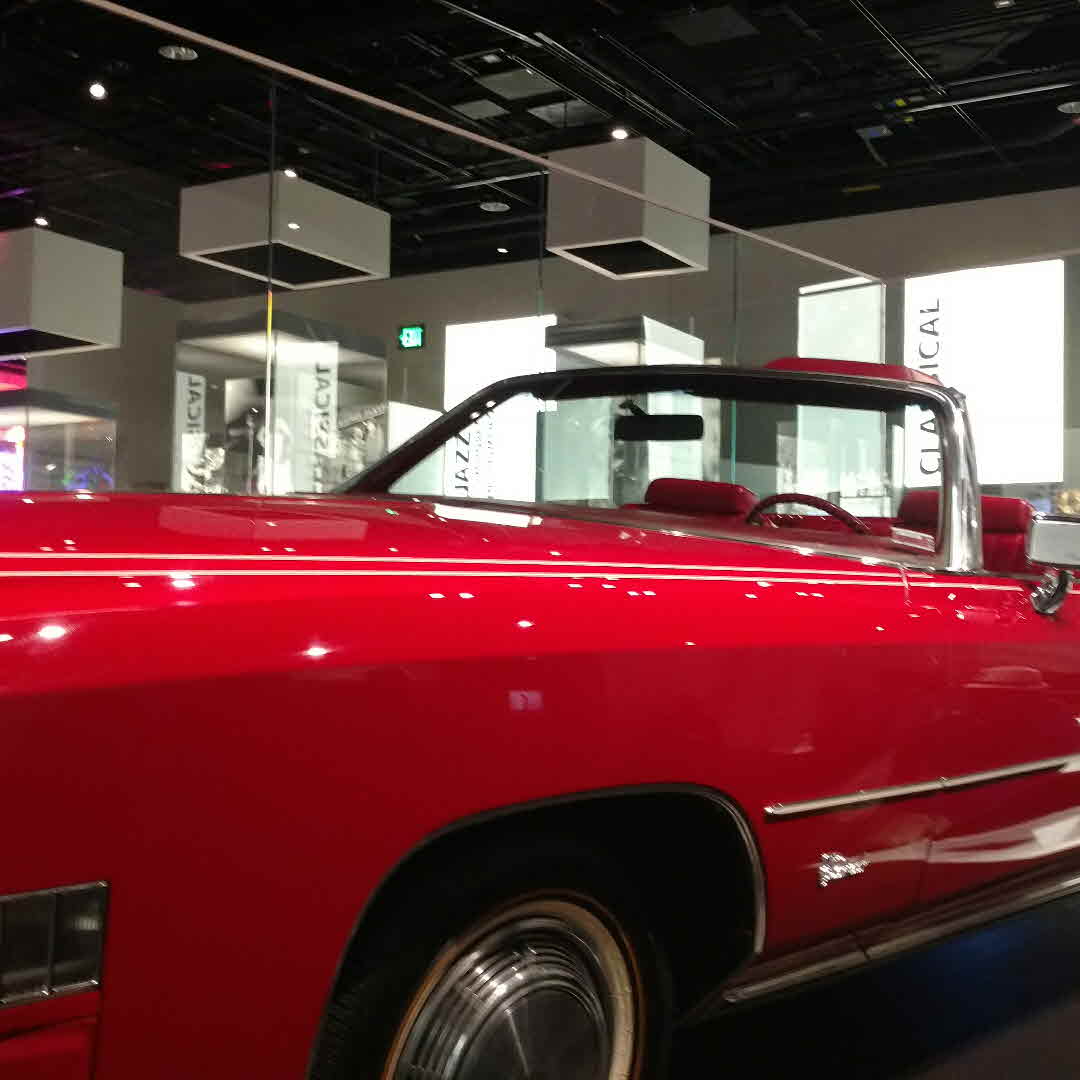American Legends: The Life of Chuck Berry | Charles River Editors
1 post
*Includes pictures *Includes Berry's quotes about his life and career *Includes footnotes and a bibliography for further reading "I grew up thinking art was pictures until I got into music and found I was an artist and didn't paint." - Chuck Berry "If you tried to give rock and roll another name, you might call it 'Chuck Berry.'" - John Lennon The origins of rock music claim several founding fathers, with each perspective holding merit and directly contributing to the golden age to follow in rock music. While Elvis Presley remains perhaps the most high profile figure of early rock, he was not truly a member of the first generation, and if anything, he was a product of a slightly older wave of ground-breaking artists. Appearing immediately before Presley's rise was Texan Buddy Holly, whose borrowings from driving black rhythms blended with white lyrics to make him one of the first successful cross-over artists. However, perhaps the first and ultimately the most successful of this category - those artistic explorers who most effectively blurred racial and political lines through their music - was Chuck Berry, an African-American blues, country singer/guitarist songwriter who perfectly blended the prevailing forms of his generation to attract both black and white audiences with a virtuosity and originality that set the bar for the next half century. Unlike Presley, and more in the manner of Holly, Chuck Berry wrote his own classics, and he thrived as both a composer and lyricist based on his early love of poetry and hard blues, jump blues jazzy ballads, boogie-woogie, and hillbilly music. As a double-threat musician and imaginative literary figure, Berry trained his musical focus on American "teen life...consumerism and utilizing guitar solos and showmanship that would be a major influence on subsequent rock music." Indeed, Chuck Berry was the first artist to reach the charts who was both a virtuoso guitarist and songwriter. As with the gyrations of Elvis and the moonwalk of Michael Jackson, Berry had his trademark stage gesture, the "duck walk," a maneuver in which the right foot is kicked across the stage and leaves the left dragging along behind. It is suggested by some that this signature gesture was not actually planned for anything other than to camouflage a wrinkled rayon suit in a mid-'50s performance in New York, but either way, only a small part of Berry's success came from the visual. Berry also "crafted many of rock 'n' roll's greatest riffs" for guitar, and he became the standard for brilliance on the instrument. In addition to pioneering the sound of rock, Berry's performances set the bar for rock bands across the world. In particular, his specific brand of showmanship served as a template for front men, and all the while, the complete package included iconic guitar riffs that showed blinding tactile skill, energetic boogie-based hits, and depictions of village life and love for both blacks and whites. Put together, Berry's work made the careers of subsequent stars and superstars of the genre possible. As the Rock and Roll Hall of Fame put it, "While no individual can be said to have invented rock and roll, Chuck Berry comes the closest of any single figure to being the one who put all the essential pieces together. It was his particular genius to graft country & western guitar licks onto a rhythm & blues chassis in his very first single, 'Maybellene.'" American Legends: The Life of Chuck Berry looks at the life and career of one of America's most influential rock stars. Along with pictures of important people, places, and events, you will learn about Chuck Berry like never before, in no time at all.
